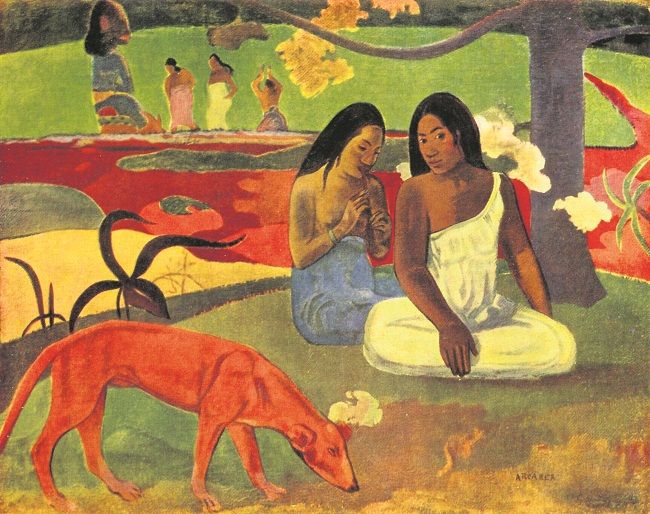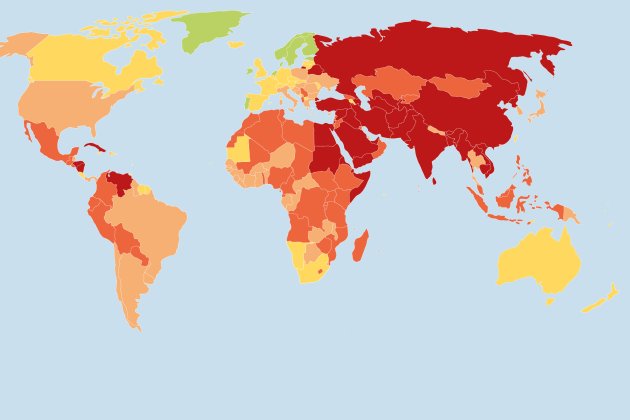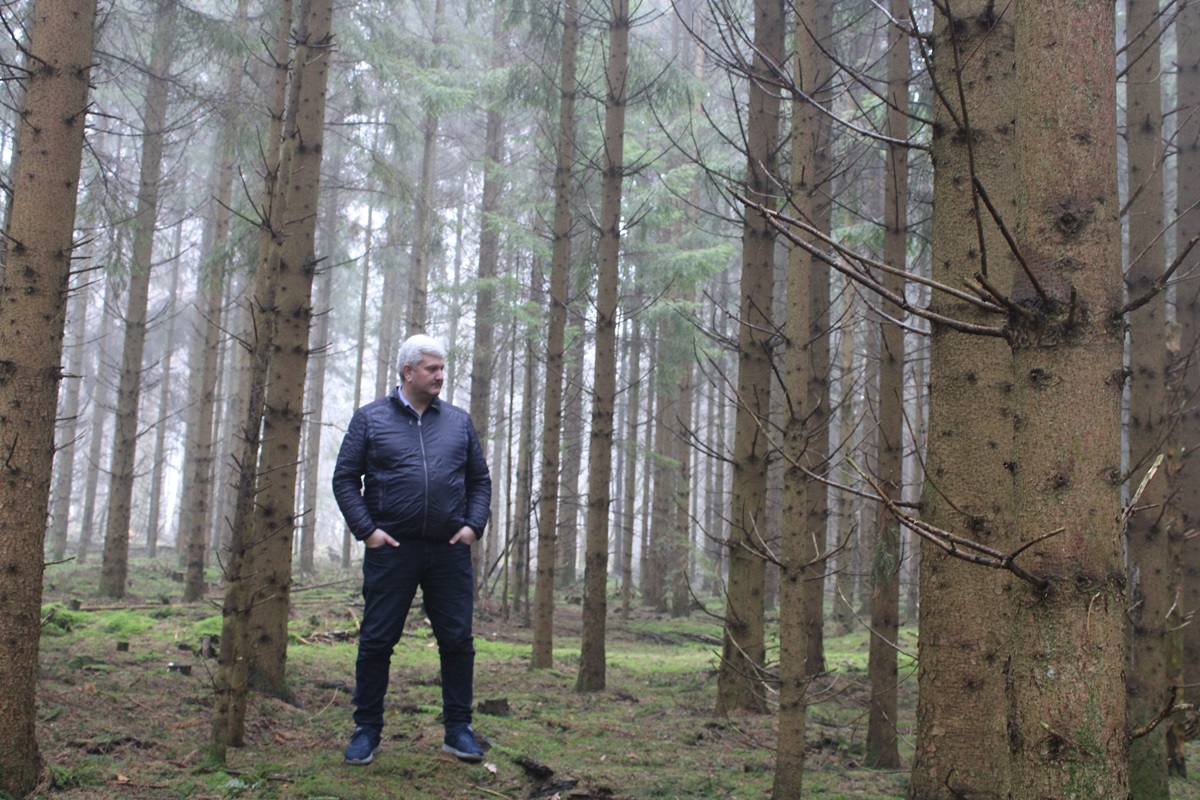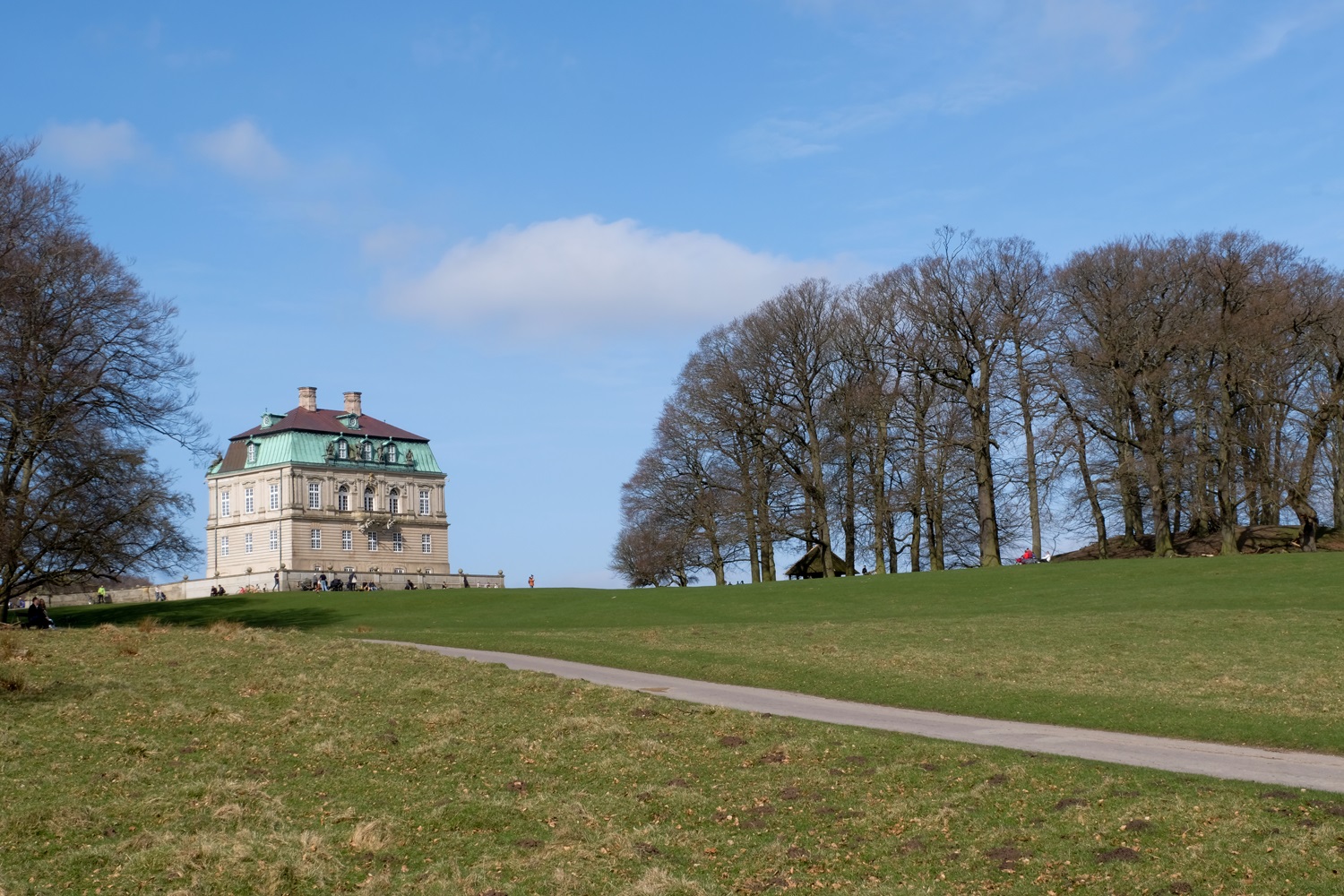We know him for his successes, admiring his works as well as his influences on modern art. A French painter, sculptor, printmaker, ceramist and writer, Paul Gauguin is acclaimed as one of the greatest artists of all time and a key figure in the Symbolist movement and Post-Impressionism.
But we are less likely to have heard of his trials and tribulations. And perhaps even less likely to know about his life in Denmark.
The original refugee of love
Fundamentally, the story is much like the one we hear every day from expats all over the city. Gauguin moved to Copenhagen because of his wife. And he hated it.
At the age of 17, he joined the navy. After six years at sea, inspired by the beauty and peculiarities of foreign lands, he returned to France, where he began to develop an interest in art.
In 1873, at the age of 25, he married a Danish woman named Mette Sophie Gad in Paris. They had five children together. Gauguin was ostensibly a bit of a bully at home, where he emotionally, and perhaps even physically, abused his wife.
While working as a highly-paid stockbroker, he began to pursue his artistic interests, carving, drawing and painting in his spare time and purchasing Impressionistic art by artists such as Pissarro and Cézanne. Pissarro took an interest in the young talent, guiding Gauguin and honing his skills for many years.
From shares in lead to shades of red
When the French Stock Market crashed in 1882, Gauguin lost his job, which he saw as a positive occurrence, as it would allow him to “paint every day”.
He decided to abandon his career as a stockbroker and devoted himself entirely to his art. Accustomed to effortless success, Gauguin did not doubt that he would become a successful artist. His wife, however, saw this as a “selfish” decision.
As Gauguin pursued his artistic ambitions, leaving Mette at home with the children, her maternal instincts bred material claims. She saw no future in her husband’s artistic ambitions, particularly as she became aware of how socially handicapped he had become. He seemed entirely incapable of making contacts and was unable to secure himself employment with any of the art dealers he had approached.
Under the increased financial pressures, Gauguin became more abusive towards his wife, who righteously sailed off to Copenhagen to investigate job opportunities. She then returned with the news that there was great interest in Impressionist works in Denmark, and that she could earn money teaching French.
The contempt was mutual
Mette’s family in Copenhagen saw Gauguin as an unfit husband and parent, placing a further strain on the waning marriage. Mette was lively and sociable, whereas Gauguin was seen as a “queer fish”, as described by his daughter, Pola, in her biography about her father.
Gauguin secured himself a job as a sales representative, a low-income position that he found humiliating. When he was not working he was either off painting or writing dolorous letters to his friends in France, in which he denigrated every characteristic of Danish society.
“I deeply loathe Denmark, and the Danish people, and the Danish climate. There are many other things that make me hate Denmark, but they are private reasons that one ought to keep to oneself.”
He found the conversation stifling and detected false modesty among the Danes.
“You have to get used to the kind of conversation you hear every day. They ask me questions like: ‘Coming from such a great country you must find everything here much behind the times. We are so small. What do you think of Copenhagen, our museums etc? They are not of much account.’ And all of this is said to make you say just the opposite. And you do so, presumably out of sheer politeness. You don’t forget your manners.”
One saving grace, Gauguin admitted, was that “the system of getting engaged in Denmark is good, because it doesn’t bind either of the parties. You change your fiancée as you change your shirt.”
A failure … he wasn’t dead yet
Unfortunately for Gauguin, his stay in Copenhagen was professionally an utter failure.
“They played a curious practical joke on me in Copenhagen,” he revealed in a letter. “I was pressingly invited by a gentleman to exhibit my works in their gallery. I looked in on the opening day and to my indescribable astonishment was told that the exhibition had been closed by order at noon. It was impossible to get any information; everybody’s mouth was shut. The footman received me with the statement that his master had gone to the countryside and would not be back for a long time. As you see, Denmark is a charming country.”
Sarcasm aside, it was no laughing matter, and Gauguin was forced to leave when his wife’s benefactor threatened to stop her payments to his family if he didn’t leave the country. His in-laws then pressured his wife to leave him.
“You are quite wrong to think I have been angry,” he wrote to his wife. “I have grown a very thick skin and have nothing left but disgust with all that has happened. The children forgetting me has now become a matter of indifference. Besides, I don’t see any possibility of ever seeing them again, and God willing, death may take us all. That would be the best present he could make us.”
















